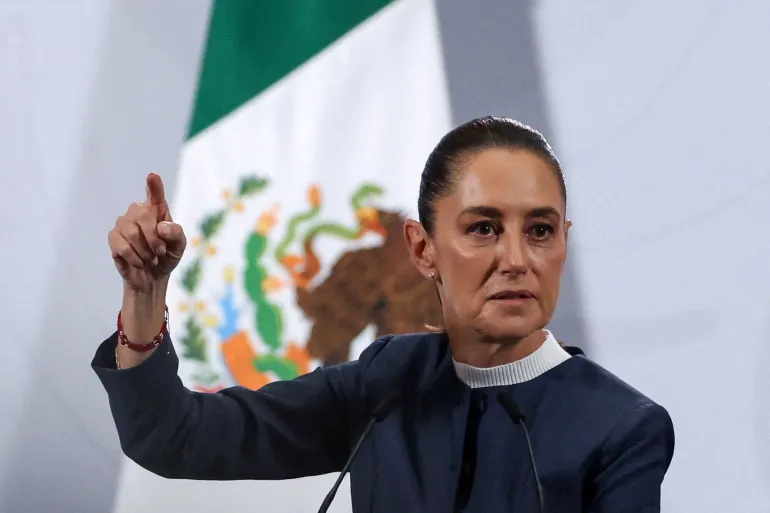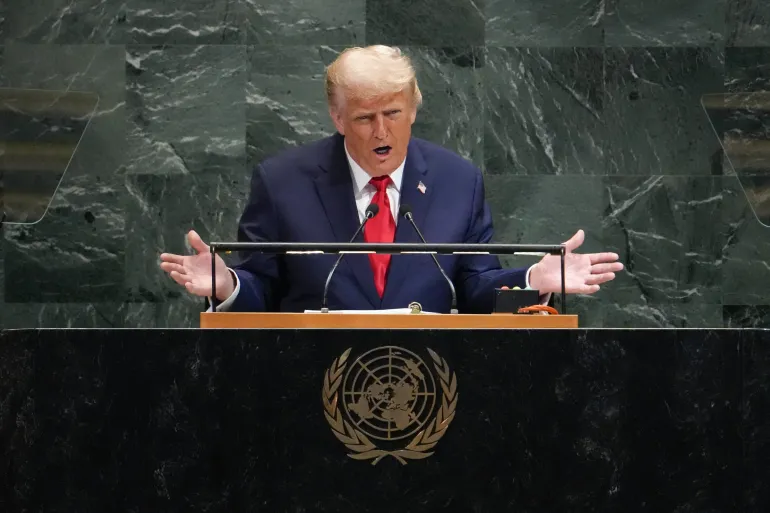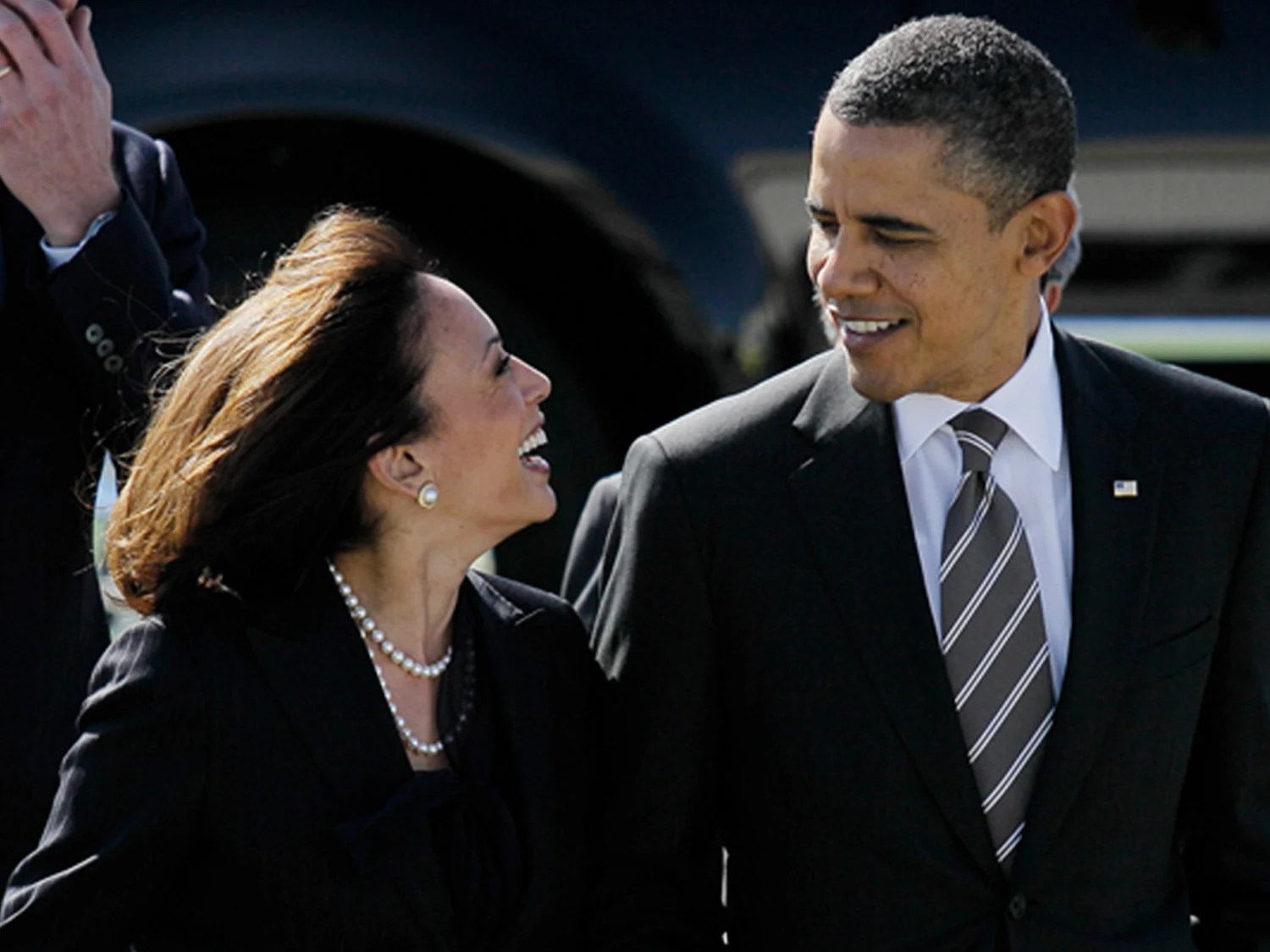US copper prices surged to a record high this week after President Donald Trump announced plans to impose a 50% tariff on copper imports, marking the latest escalation in his administration’s ongoing trade policy agenda.
Speaking during a Cabinet meeting on Tuesday, Trump stated, “Today we’re doing copper,” signaling his intent to implement the tariff under Section 232 of the Trade Expansion Act, which allows the president to adjust imports on national security grounds. While the exact implementation date remains unclear, US Commerce Secretary Howard Lutnick indicated the duties could take effect by the end of July or early August.
Following the announcement, copper futures in New York jumped more than 13%, reaching $5.69 per pound, the highest level ever recorded. Prices later stabilized slightly to $5.662, still marking a significant increase. Analysts note this was the sharpest single-day rise in copper prices since 1989.
The price movement diverged globally. On the London Metal Exchange (LME), copper fell by as much as 2.4% amid concerns that reduced US demand could create a supply glut in international markets. Prices on the LME were trading at approximately $9,653 per tonne, widening the gap between US and global markets.
Copper is a foundational material used in electronics, automobiles, infrastructure, and renewable energy. Analysts warn that the tariff could raise costs across multiple sectors in the US economy.
“A 50% increase will be a massive tax on consumers of copper,” said Ole Hansen, head of commodity strategy at Saxo Bank.
According to Commerce Department data, the US imported $17 billion worth of copper in 2024, with Chile being the largest supplier. Experts argue the US does not currently have the domestic mining or smelting capacity to meet demand without imports, meaning higher costs may persist.
“Import tariffs are likely to lead to continued significant price premiums in the US relative to other regions,” noted Jefferies analyst Christopher LaFemina.
The copper tariff is part of a broader set of trade actions from the Trump administration. Just a day earlier, the White House announced new tariffs on imports from 14 countries, set to take effect August 1. Trump has also threatened a 200% tariff on pharmaceuticals, although he suggested that would not be implemented for at least a year to give companies time to shift production to the US.
Critics argue that such measures could increase inflationary pressure domestically while further straining relations with key trading partners. The European Union and countries like Australia have already expressed concern and are seeking clarity on how the proposed tariffs will affect their exports.
Bloomberg, CNBC, the Guardian, CNN, and the Financial Times contributed to this report.










The latest news in your social feeds
Subscribe to our social media platforms to stay tuned